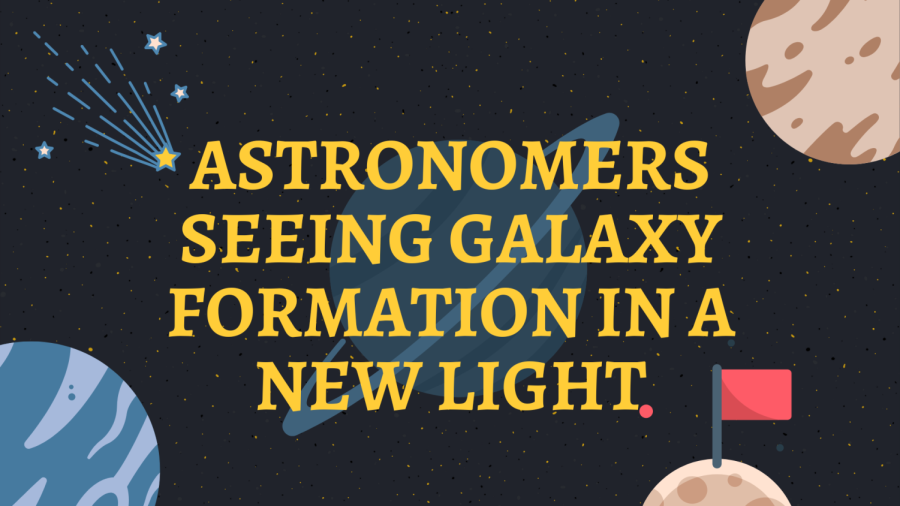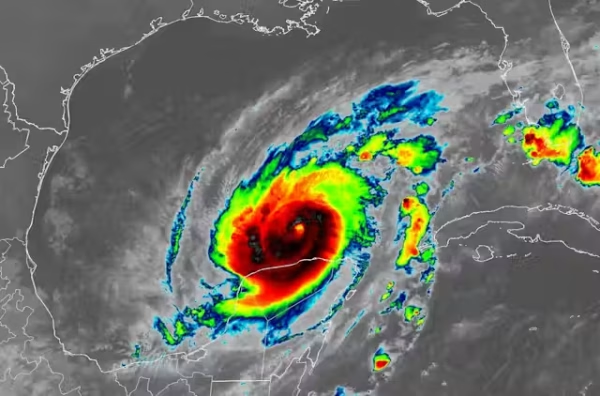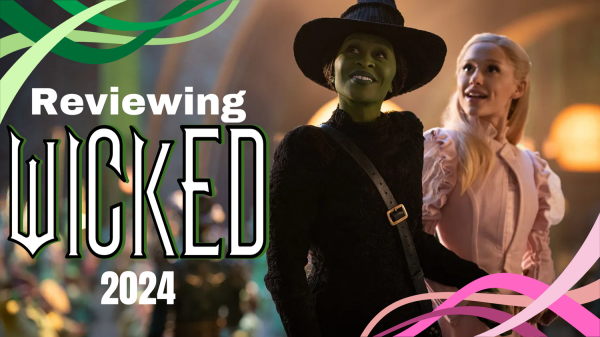Astronomers seeing galaxy formation in a new light
On July 12, 2022, photos taken with the the James Webb Space Telescope, also known as JWST, were released in a NASA news briefing. These pictures are a huge step for space exploration. Astronomers have gone from recently taking pictures of our first black hole to taking various images of celestial bodies older than our own galaxy. These images help us better understand and visualize the whole sea of stars around us.
The gallery shows close-up details of the Southern Ring Nebula in near-infrared light and mid-infrared light, the “Stephan’s Quintet,” which are the five galaxies that assign Clarence to save George Bailey in the holiday film “It’s A Wonderful Life” and the first deep-field image taken by the telescope.
A few of these images of galaxies have left astronomers perplexed. By examining these pictures and measuring the light that is emitted from each galaxy, they have determined that six of the celestial bodies captured were formed about 700 million years after the Big Bang. These galaxies are so hefty and well-formed for being 12 billion years old that astronomers are beginning to question cosmological models.
With these galaxies being so young, the cosmological theories state that they have not been around long enough for them to have grown to such size. Astronomers are proclaiming that this discovery with the Early universe has established a problem in the field of astronomy, and they are now starting to rethink everything that they know about galaxy formation. They are continuing to research these celestial bodies and have been back to the books to examine all that they previously knew about galaxies to double-check that they aren’t missing a crucial part that could explain this phenomenon.
According to Science Alert’s article posted on February 23rd, 2023, it is possible that what we are seeing might not be galaxies, and these celestial objects may be gigantic blackholes; however, that would also have astronomers questioning their understanding of blackholes.
This new discovery has astronomers and scientists alike bewildered, and it further proves how our understanding of the universe is constantly being reconstructed with new information. The astronomers’ next step is to conduct examinations to determine more details about these celestial bodies.
Your donation will support the student journalists of Tunstall High School. Your contribution will allow us to purchase equipment and cover our annual website hosting costs.

Linzey Rigsby is a Tunstall senior and this is her first year on the Trojan Messenger staff. Still trying to figure out what she wants to do when she graduates,...













